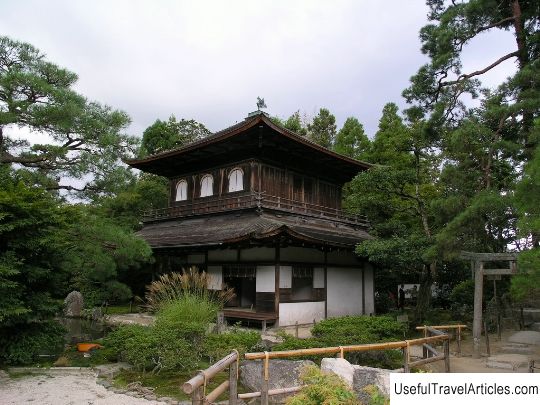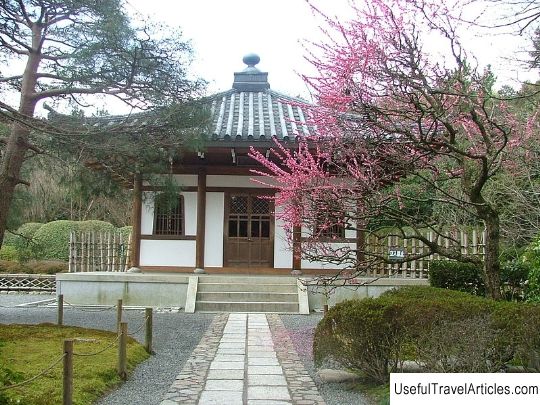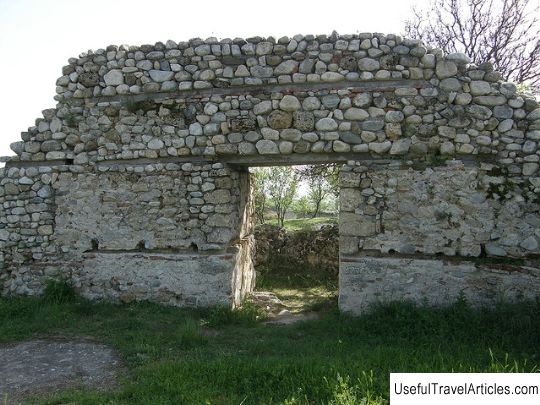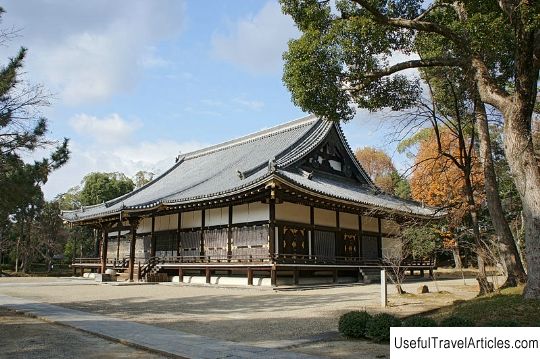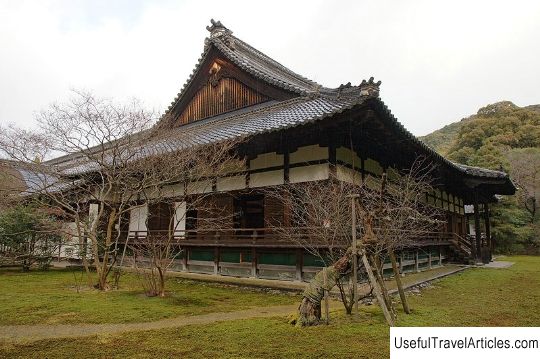Golden Pavilion Kinkaku-ji description and photos - Japan: Kyoto
Rating: 8,1/10 (2883 votes) 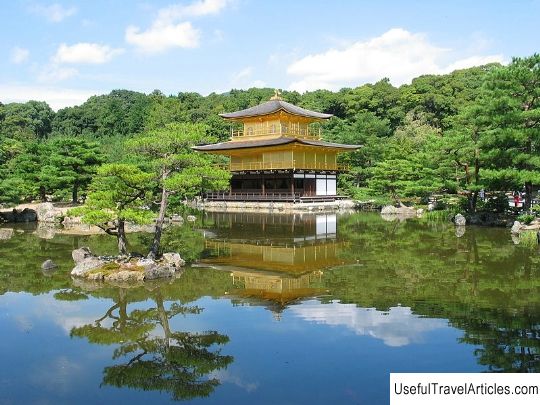
Golden Pavilion Kinkaku-ji description and photos - Japan: Kyoto. Detailed information about the attraction. Description, photographs and a map showing the nearest significant objects. The name in English is Kinkaku-ji. Photo and descriptionThe story of how a fanatic monk set fire to the Golden Pavilion of Kinkaku-ji formed the basis of the novel "The Golden Temple" by Japanese writer Yukio Mishima. This happened in 1950, the pavilion and all its treasures burned down. Prior to this, the temple also burned down twice during the Onin War in 1467-1477. Since 1955, the restoration of this cultural and historical monument began according to drawings and drawings, it was possible to restore even decorative elements and painting. The restoration of the building was finally completed only in 2003. Kinkaku-ji is one of the Buddhist temples in the Rokuon-ji complex (translated from Japanese - "Temple of the Deer Garden") in the Kita region. It was built at the end of the 14th century as the country house of the retired shogun Ashikagi Yoshimitsu. The pavilion building is indeed covered, except for the first floor, sheets of pure gold. During the last restoration, they were replaced with thicker ones. The top of the gold is covered with a special urushi varnish. The temple is located on an island in the middle of Kyokochi Mirror Lake. The Golden Pavilion is a symbol of Kyoto and continues to serve as an object of worship. Ashikaga Yoshimitsu, who handed over his position to his son, built a residence on the territory of an abandoned monastery and called it "Kitayama Palace". Its main decoration is a three-storey pavilion covered with gold leaf. The first floor was called the Hall of Purification, in its center was a statue of Buddha Shakyamuni and a statue of the owner of the palace. The second floor represented living quarters and was called the Cave of Mercy. Its walls are decorated with rich paintings. The third floor resembled a Zen temple, which contained the relics of Buddha Shakyamuni, and was called the Summit of the Void. Religious ceremonies were held there. Ashikaga Yoshimitsu bequeathed after his death to turn the palace into a monastery, this will was fulfilled. The abode became known as Rokuon-ji in memory of the first sermon of Buddha Shakyamuni in the Deer Forest. About a hundred years later, Yoshimitsu's grandson decided to build a Silver Pavilion in the Higashiyama Mountains, which was supposed to be covered with sheet silver, but the building remained wooden. The Kinkaku-ji Pavilion is a UNESCO World Heritage Site.        We also recommend reading House of Kotomin description and photo - Russia - Saint Petersburg: Saint Petersburg Topic: Golden Pavilion Kinkaku-ji description and photos - Japan: Kyoto. |
